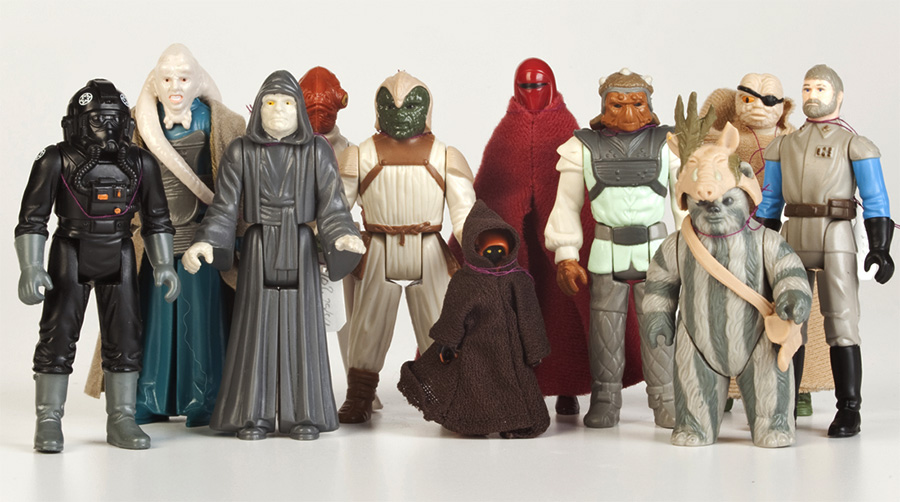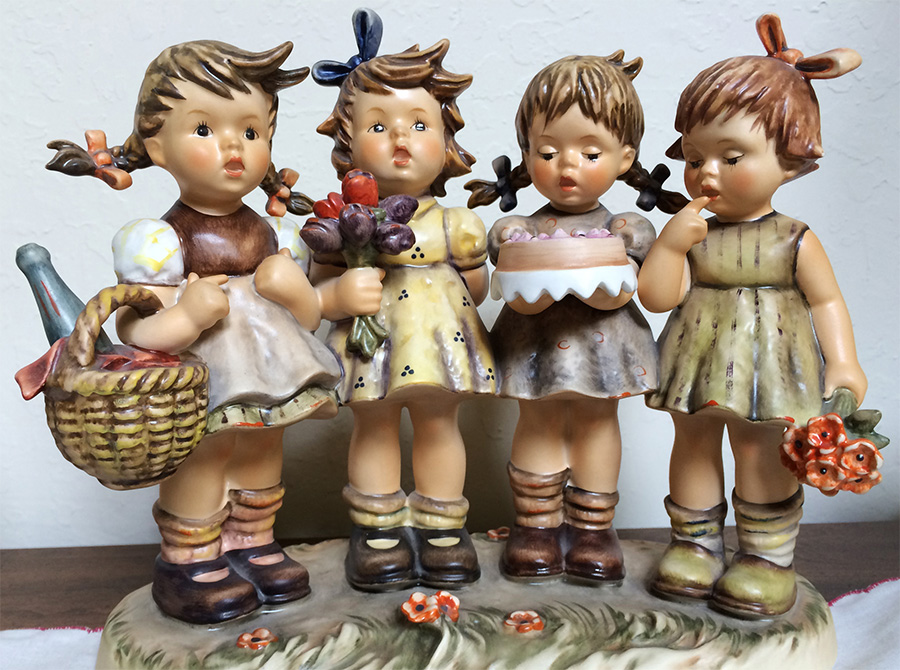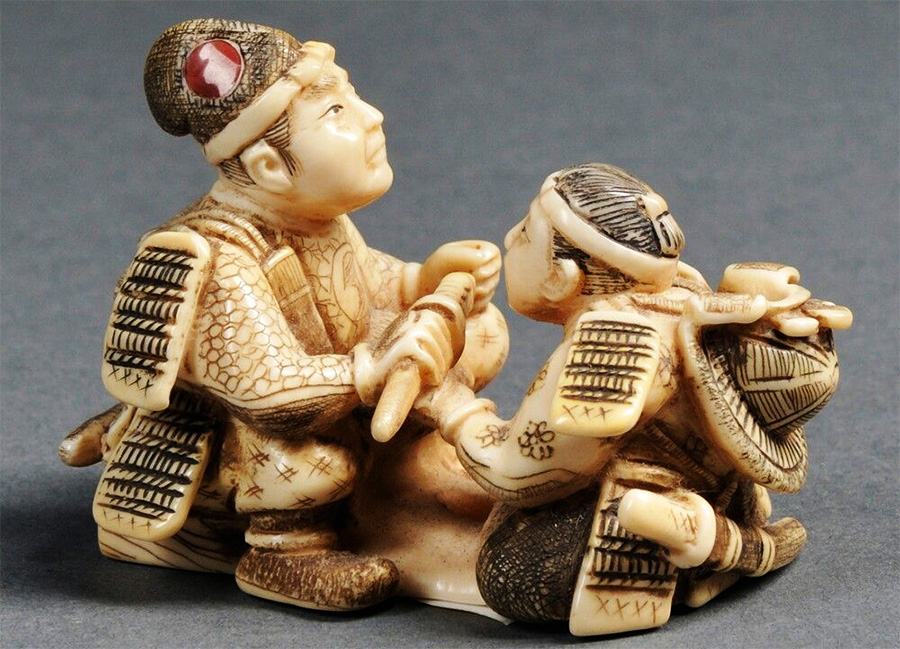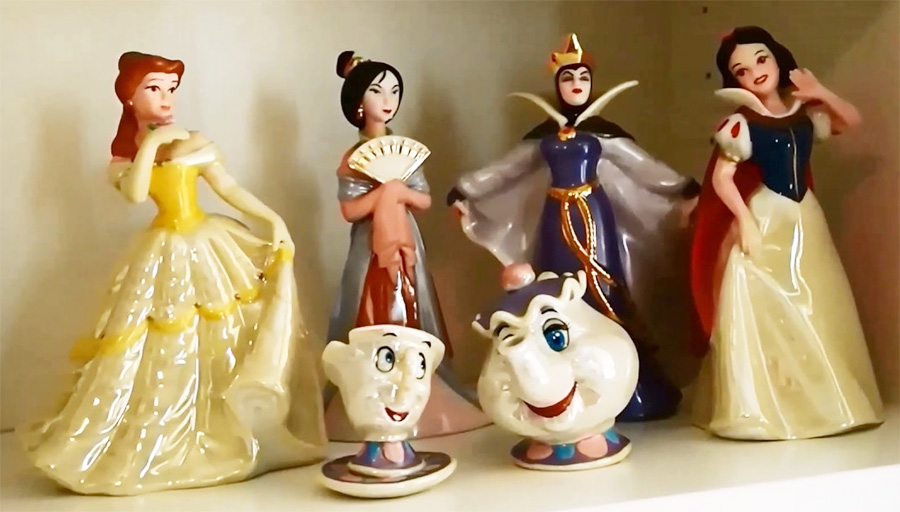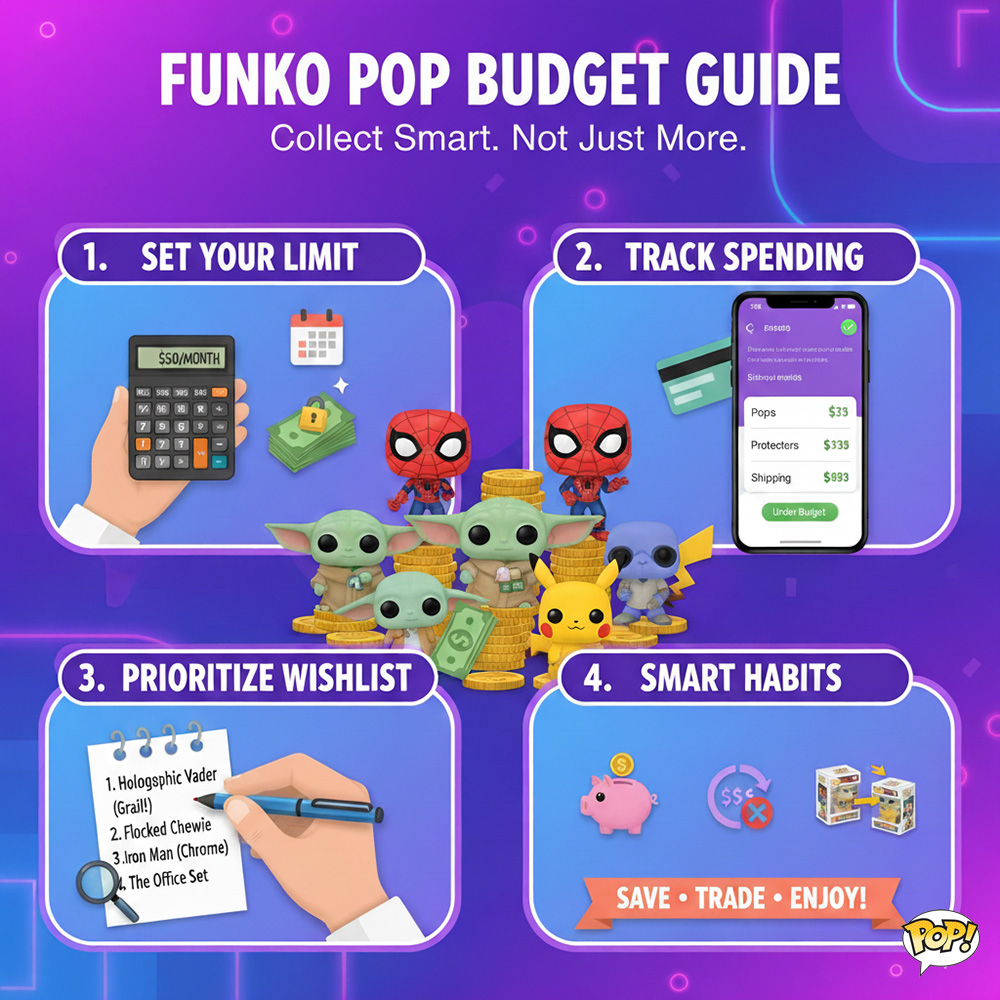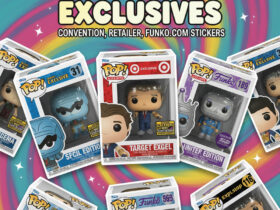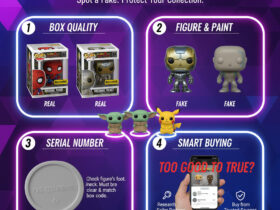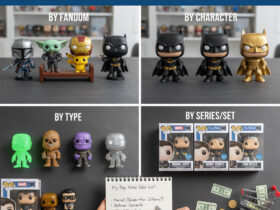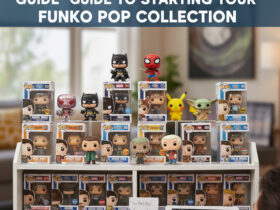The thrill of finding that new exclusive, the rush of unboxing a beloved character, the satisfaction of displaying a growing collection – Funko Pop collecting is a genuinely enjoyable hobby. However, like many passions, it can quickly lead to overspending if you’re not careful. One minute you’re admiring a single Pop, the next you have a dozen pre-orders and an overflowing shelf (and a dwindling bank account).
Overspending can turn a fun hobby into a source of stress. The good news is that with a little planning and discipline, you can build an impressive Funko Pop collection without breaking the bank. This guide will walk you through practical steps to set a budget and, more importantly, stick to it.
Why a Budget is Your Best Friend in Collecting
A budget isn’t about restricting your fun; it’s about empowering it. Here’s why a budget is crucial for any collector:
- Prevents Debt: The most obvious benefit. Avoid dipping into savings or, worse, going into debt for collectibles.
- Reduces Stress: Knowing you’re collecting within your means takes away the guilt and anxiety that often accompanies impulse purchases.
- Encourages Thoughtful Purchases: When funds are limited, you’ll naturally become more selective, focusing on Pops you truly love rather than just buying for the sake of it.
- Helps Achieve Collecting Goals: A budget allows you to save for that big “grail” Pop or complete a specific, more expensive set over time.
- Sustains the Hobby: A manageable budget ensures you can enjoy collecting for the long haul, rather than burning out financially.
Step 1: Assess Your Current Spending Habits
Before you can set a budget, you need to understand where your money is currently going.
- Track Your Pop Purchases: For the next month, meticulously record every single Funko Pop-related expense. This includes the figures themselves, Pop protectors, display shelves, shipping costs, and even gas for store runs.
- Review Bank/Credit Card Statements: Look back at the last 2-3 months of your statements. Highlight every Pop-related expense. You might be surprised by the total!
- Identify Triggers: When do you tend to buy Pops? Is it always when you visit a specific store? After seeing a new release online? During sales? Understanding your triggers can help you develop strategies to avoid impulse buys.
Step 2: Determine Your Realistic Funko Pop Budget
Now that you know your past spending, it’s time to set a forward-looking budget.
- Analyze Your Overall Finances: Look at your total income versus all your essential expenses (rent, food, bills, transportation).
- Allocate “Discretionary Income”: This is the money left over after all your essentials are paid. Your Funko Pop budget should come from this.
- Be Realistic: Don’t set an impossibly low budget that will lead to frustration. If you’re currently spending $100 a month, trying to cut to $10 overnight is likely to fail. Aim for a comfortable, sustainable amount.
- Example: Can you comfortably allocate $25, $50, or $75 per month without impacting other financial goals?
- Consider an Annual Budget: Sometimes, a monthly budget feels too restrictive, especially if you’re saving for a more expensive Pop. An annual budget (e.g., $600 per year, which is $50/month) gives you more flexibility. You can spend more in one month and less in others, as long as you stay within the yearly limit.
Step 3: Strategies to Stick to Your Budget
Setting a budget is easy; sticking to it is the challenge. Here are practical strategies:
1. Prioritize Your Wishlist
- Create a Master Wishlist: List every Pop you want.
- Rank by Priority: Which ones do you really want? Which are “nice-to-haves”? Focus your budget on the top-priority items.
- Leverage Your Niche: If you’ve chosen a collecting niche (as discussed in our previous guide), this step becomes much easier. You’ll know exactly what you’re looking for.
2. Implement the “One In, One Out” Rule (Optional, but Effective)
If space or budget is very tight, consider selling or trading an existing Pop for every new one you acquire. This ensures your collection stays curated and your spending remains balanced.
3. Use Tools to Track Spending
- Spreadsheet: A simple Google Sheet or Excel document to log purchases.
- Budgeting Apps: Apps like Mint, YNAB (You Need A Budget), or even simple note-taking apps can help.
- Dedicated “Pop Fund”: Set up a separate envelope (physical or digital) where you put your monthly Pop budget. Once it’s empty, you’re done for the month.
4. Practice Delayed Gratification
- The 24-Hour Rule: If you see a Pop you want, wait 24 hours before buying it. Often, the initial impulse fades, and you realize you don’t need it.
- Research Prices: Before buying, quickly check Pop Price Guide (PPG) or recent eBay sales. Is the price fair? Can you find it cheaper elsewhere?
5. Be Strategic with Sales and Pre-Orders
- Sales: Plan your purchases around major sales events (Black Friday, Prime Day, retailer-specific sales).
- Pre-Orders: Don’t pre-order everything. Only pre-order your absolute must-haves, and ensure you have the funds available when they ship. Avoid excessive pre-orders that can all hit your bank account at once.
6. Consider Trading
Connect with other collectors! Trading Pops you no longer want for ones you do is a fantastic way to expand your collection without spending any money.
7. Avoid the “Fear of Missing Out” (FOMO)
New Pops are released constantly. It’s impossible to get them all. Remind yourself that missing one Pop isn’t the end of the world. Focus on your niche and your budget. The satisfaction of a curated, financially responsible collection far outweighs the fleeting excitement of an impulse buy.
The Bottom Line: Collect Smart, Not Just More
Setting and sticking to a Funko Pop budget is a habit that will serve you well, not just in collecting, but in all areas of your financial life. It allows you to continue enjoying your hobby without the stress of overspending. Remember, the goal is to build a collection you love, responsibly and sustainably.

